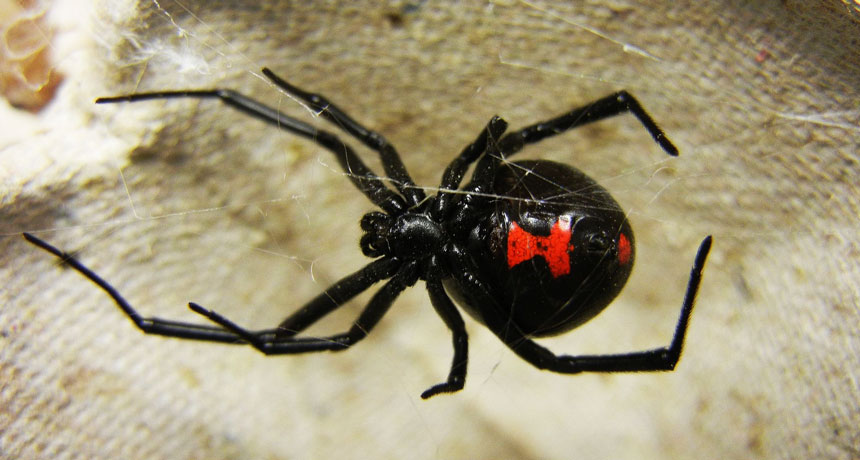‘Cannibalism’ chronicles grisly science of eating your own

Until recently, researchers thought cannibalism took place only among a few species in the animal kingdom and only under extraordinary circumstances. But as zoologist Bill Schutt chronicles in Cannibalism, plenty of creatures inhabit their own version of a dog-eat-dog world.
Over the last few decades, scientists have observed cannibalism — defined by Schutt as eating all or part of another individual of the same species — among all major groups of vertebrates. The practice seems to be even more prevalent, and less discriminating, among invertebrates such as mollusks, insects and spiders, whose eggs, larvae and young are often produced in profusion and are therefore readily available, not to mention nutritious.
Cannibalism, Schutt contends, makes perfect evolutionary sense, and not merely as a feeding strategy. When food supplies are low or living conditions are crowded, some mammals and birds may eat some or all of their offspring to terminate an expenditure of effort with poor chances of paying off. For birds, eating a dead or dying hatchling also is a way to get rid of a carcass that could spread infection or whose scent could attract flies or predators to the nest.
Switching to a historical and cultural perspective, Schutt tackles the various forms of human cannibalism, where, he admits, “the ick factor is high.” That includes medicinal cannibalism, from 17th and 18th century Europeans’ consumption of powdered mummies to modern moms’ ingestion of their newborns’ placentas to purportedly restore nutrients lost during childbirth. The author also explores survival cannibalism (think famine victims, people under siege, plane-crash survivors and the ill-fated Donner Party) and briefly addresses our natural shock and seemingly unnatural fascination with criminal cannibalism (à la Jeffrey Dahmer).
As Schutt explains, ritual cannibalism — the consumption of a foe or loved one to acquire the decedent’s strength, courage or wisdom — is a practice that has apparently taken place in different cultures throughout history. In an interesting aside, Schutt ponders whether people who consume wafers and wine during Communion, especially those who firmly believe these items are literally converted into the body and blood of Christ, are engaging in a form of ritual cannibalism.
Cannibalism is a wide-ranging, engaging and thoroughly fun read. The author’s numerous field trips and lab visits with scientists who study the phenomenon heartily enrich this captivating book.